

Game Rant’s Anthony Molé reviews Starhawk
The player is trapped, crouched behind makeshift cover as bullets whiz past. The enemy AI is closing in. In just about any other shooter, this would mean certain death – or an aptly timed cutscene. But Starhawk has one trick up its sleeve: the Build and Battle System. The player calls down two turrets, tearing the opposition to shreds, or perhaps even landing one directly on top of unfortunate enemy troops.
That is what makes Starhawk worth playing.
It needs to be said that those looking to Starhawk for its single player experience are going to be disappointed. Considering Warhawk was a multiplayer only title, this should come as no surprise. Starhawk‘s single player works well enough to lay down the framework for the multiplayer – and is structured in such a way that isn’t “multiplayer with bots,” it’s just dragged down by a mediocre story.
The solo campaign centers around a mysterious new energy force called Rift Energy. This has caused a gold rush of sorts, causing prospectors to scour planets looking for Rift deposits. But for all the power Rift Energy brings, there’s a downside: over exposure to Rift Energy can turn people into monstrosities known as Outcasts, or “Scabs” as the they are commonly referred to. This is where protagonist Emmett Graves comes in – he’s a Rift Salvager, and it’s his job to protect miners from the Outcasts. Emmett used to be a simple Rift harvester, until an accident infused him with Rift energy, leaving his physical appearance stuck between Human and Outcast.
In addition to telling Emmett’s story, Starhawk‘s single player is also used to introduce players to the tennents of multiplayer. Players will pilot a wide variety of vehicles, and are introduced to the game’s Build and Battle System. Using Build and Battle, players can call down structures from orbit to aid them in the fight. These range from turrets, to vehicle garages to bunkers. The system works seamlessly, with structures built in seconds after being called in. The Build and Battle system also gives players bit of breathing room in the linear campaign, as players are able to fight the way they want to. Not a fan of flying? In most cases, players can just call down beam turrets to help them take care of aerial enemies.
The campaign is relatively short, and can probably be completed in a day – for especially dedicated gamers. While the gameplay is polished to near-perfection, the story is full of wasted potential. The campaign focuses on Emmett’s relationship with his brother and his hometown of White Sands, but it doesn’t delve deeper than “there’s some bad blood between us.” There are also undertones of isolation, as Emmett is segregated by his peers due to his half-human/half-Outcast appearance, yet this idea is only mentioned twice throughout the main campaign. Then there’s the last level which just throws in a plot point out of nowhere – that’s never explained and players are expected to go along with.
While the Build and Battle system does add a layer of depth to Starhawk‘s singleplyer, the story ultimately becomes its greatest shortcoming. It’s a good thing then that Starhawk has one of the most polished and flawless multiplayer components this generation.
The original Warhawk was notorious for its steep learning curve, and without a single player campaign it could be difficult for new players to get into the shooter. Thankfully, Lightbox Interactive has made more than enough accommodations for new players, without sacrificing the challenge Warhawkers are used to. In addition to the singleplayer campaign, there is now an “Explore” option in the menu that allows players to explore the maps at their own pace, and without thirty one other players shooting at each other. There’s also a new Multiplayer Homeworld, which acts as an interactive lobby. Here, players can invite their friends and mess around in fully 3D environments, before setting out into the multiplayer.
Starhawk’s multiplayer is comprised of four modes, Team Deathmatch, Deathmatch, Capture the Flag and Zones. The first three are self explanatory to anyone who’s played a multiplayer shooter before, but Zones is a bit of a different beast. Zones is a Domination-style game mode, however it comes with a twist. Each Zone has three “levels,” which are affected by whether or not successive Zones have been captured. So, for example, if Team A has Zone 2, but Team B has Zone 1 and 3, Zone 2 will stay at level one. If Team A were to capture one of the surrounding Zones, Zone 2 would be able to move up a level. This makes it more difficult for players to capture a Zone, as the higher a Zone’s level, the longer it takes to capture.
The aforementioned Build and Battle system is at the heart of Starhawk‘s multiplayer. Just as in singleplayer, the Build and Battle system is very responsive, with structures building to completion in mere seconds. However, unlike the singleplayer, strategy truly comes in handy during the multiplayer. During the campaign, players could probably get by with just throwing down turrets and bunkers on a whim but in multiplayer one needs to think more about structure placement. Players can set up Outposts, allowing them to spawn further in the battlefield, but placing it within the sights of the enemy team could mean the difference between victory and defeat – since resource management is extremely important against experienced players.
Vehicle’s also come in handy, as players can choose whether to spawn a multitude of vehicles to help them fight. Players have access to tanks, jet bikes, jet packs, jeeps and Hawks. Hawks have received a significant upgrade since Warhawk. In the 2007 shooter, the pseudo-jets could stop and hover, allowing one to easily pin point ground targets. Now, Hawks can transform into bi-pedal mechs, allowing players to run around stomping enemies, or giving them a more accurate shot on infantry.
As for infantry combat, Lightbox Interactive has done quite a lot to modernize the game. Players can now aim down sights with all weapons, instead of just the sniper rifle. Regenerative health has also replaced the need for health packs and bio-fields, though weapons must still be picked up off of dead enemies or around the environment – which is a nice change of pace from the plethora of loadout-centric shooters that have been permeating the market. In addition, there is now a sprint button and and meleeing is now a one hit kill. This helps to quicken the pace to multiplayer, but it’s no surprise that some old-school fans may not welcome the new changes.
Ultimately, what makes Starhawk’s multiplayer so successful comes down to two major things: the lack of latency issues and the excellent shooting mechanics. Watching structures fall from orbit and construct themselves in seconds without slowdown never gets old, and it’s even more fun when players drop a structure or drop pod on enemies. The shooting has been tweaked to perfection; players have enough maneuverability to not feel like a walking tank, but it’s just heavy enough that one won’t find themselves mindlessly spraying bullets. All of this comes together to create a multiplayer mode that’s high on replayability, and one that player will find themselves sinking hours into.
As icing on the cake, there is also a co-op mode, wherein the player must drain a Rift energy well with the help of up to three friends. As they harvest the Rift energy, waves of Outcast infantry will attempt to stop the operation. Once again, players have the Build and Battle system at their disposal, offering a unique twist on the Horde-mode style co-op. The only flaw with co-op is that there is no matchmaking – forcing players to rely entirely on their online friends. No online friends playing? Then you’re stuck playing by yourself – or split screen with a local friend. Split screen also makes its return in multiplayer – though, unfortunately,I it is absent from the main campaign.
Starhawk serves up one the most enjoyable and near-perfect multiplayer experiences in recent memory, and it’s complimented by beautiful shooting mechanics and the genre-bending Build and Battle system. Fans of multiplayer shooters are going to find a lot to do here, though those looking for an engrossing singleplayer experience should look elsewhere. Starhawk improves on its predecessor in just about every way, creating an experience that’s just as deep, and just as addicting. Needless to say, it’s another great title to add to the PS3 library.
Starhawk is now available on the PS3.
–
Follow me on Twitter @AnthonyMole.

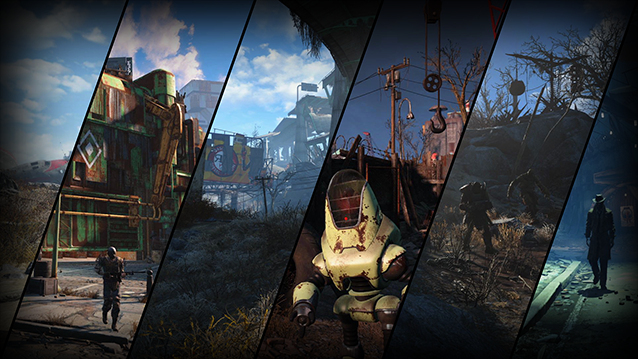

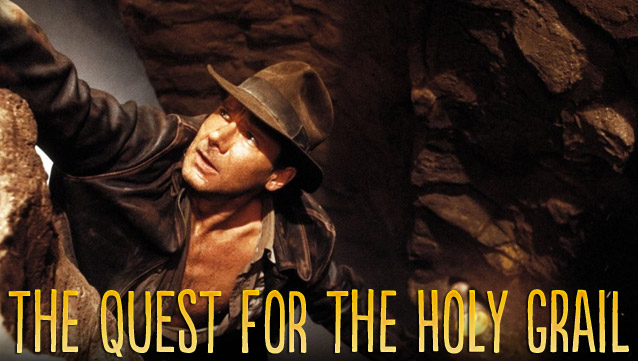
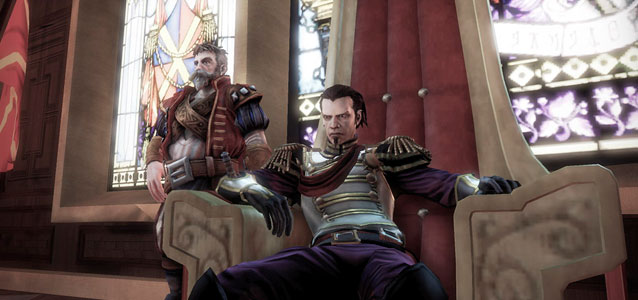 Fable III Walkthrough Video Guide in HD
Fable III Walkthrough Video Guide in HD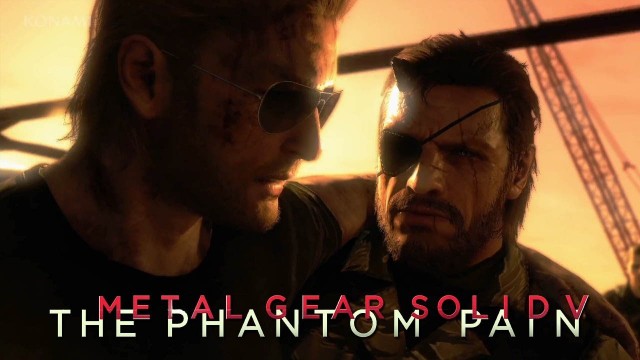 MGS V: Ground Zeroes To The Phantom Pain Save Transfer Guide: S Rank Missions, Costumes, Prisoners & More
MGS V: Ground Zeroes To The Phantom Pain Save Transfer Guide: S Rank Missions, Costumes, Prisoners & More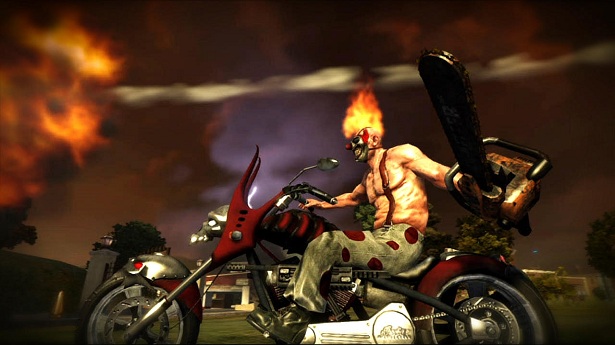 Twisted Metal Walkthrough
Twisted Metal Walkthrough Bioshock Infinite: Burial at Sea – Episode 2 DLC Guide
Bioshock Infinite: Burial at Sea – Episode 2 DLC Guide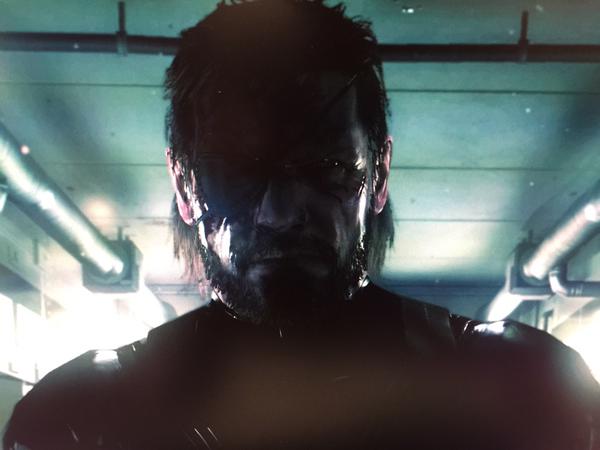 MGS V: The Phantom Pain PC Error: Fix For Crash On Startup, Low FPS and Resolution, Slow Download Speed & More
MGS V: The Phantom Pain PC Error: Fix For Crash On Startup, Low FPS and Resolution, Slow Download Speed & More